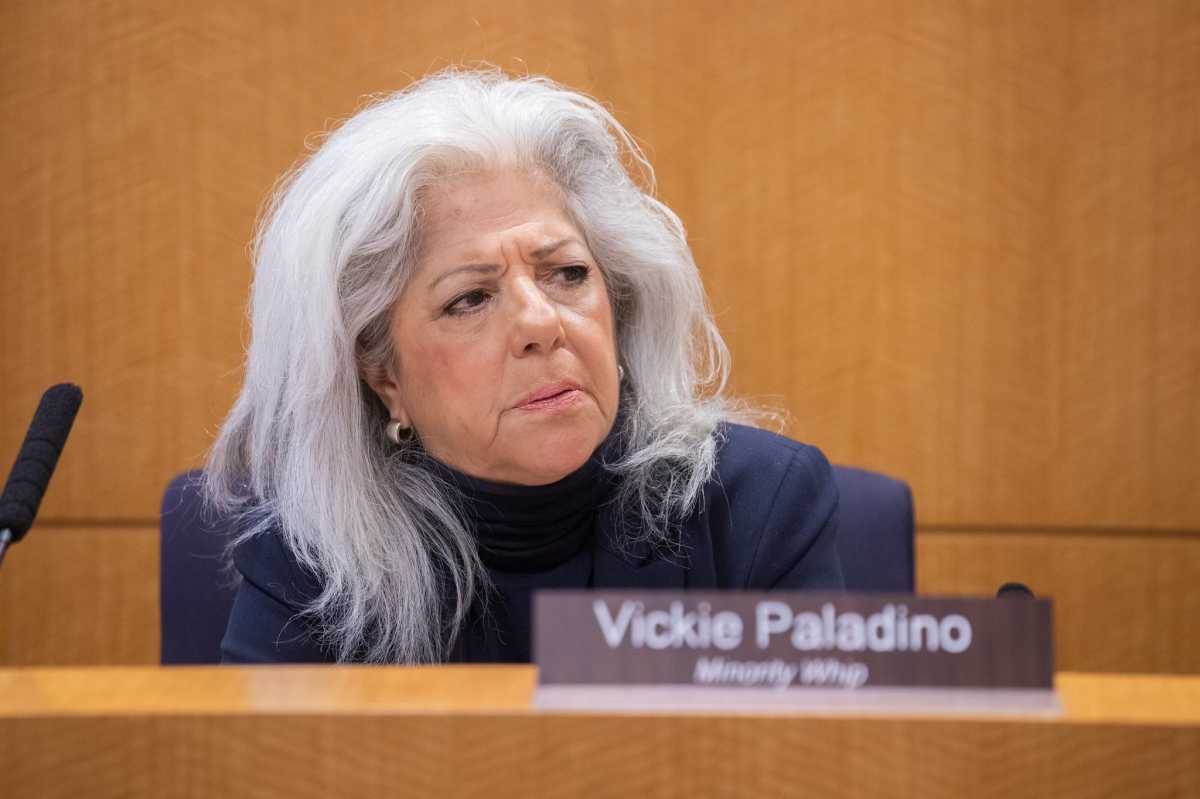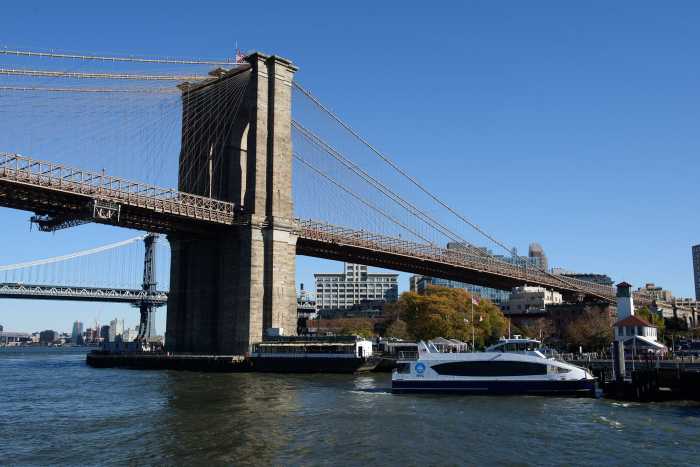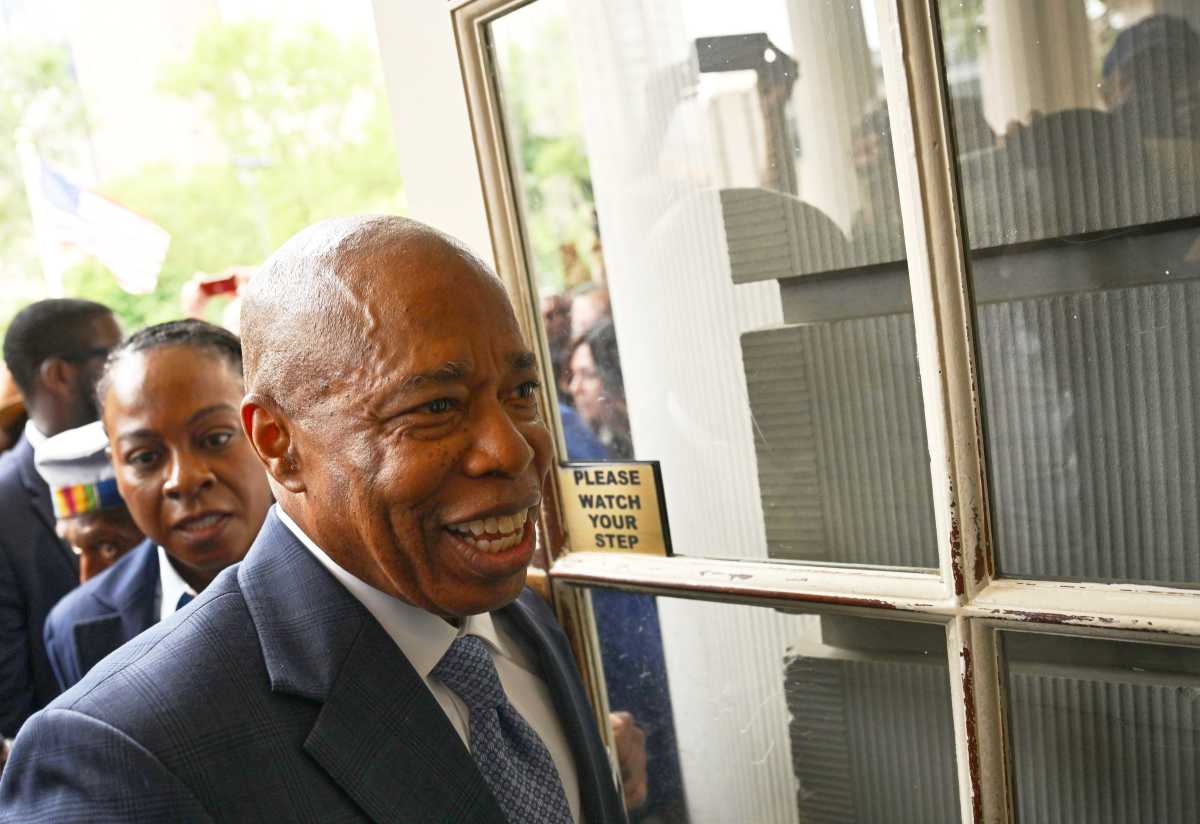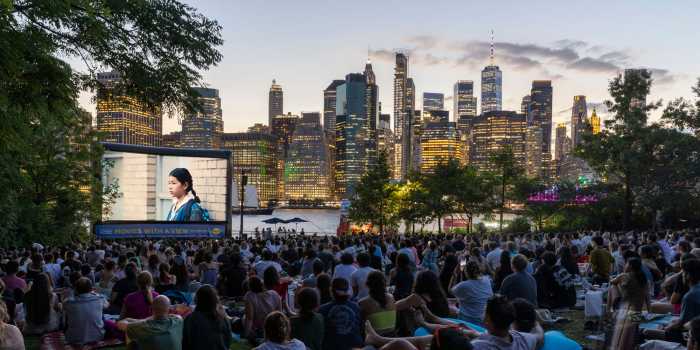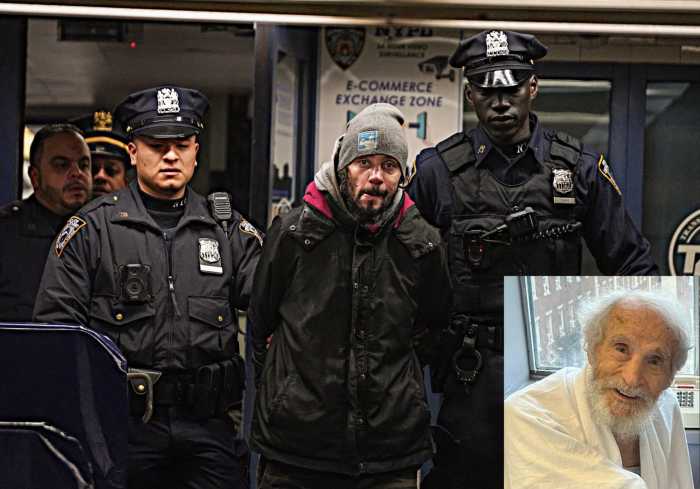A soon-to-be-released plan for the redevelopment of Coney Island that
is intended to restore the former seaside resort area to its place as
the borough’s main attraction has sparked a real estate boom, say
real estate agents and land owners.
A slew of undeveloped lots that have languished for much of the last three
decades and structures that have long sat dormant have seen their values
nearly double just in the last year.
From the barren, weed-strewn lot beside Keyspan Park to the former site
of the famed Childs Restaurant, developers are betting on a revitalized
Coney Island, particularly its C-7 amusement district. Members of the
Coney Island Development Corporation (CIDC), the group charged with reinvigorating
the area, expect to release a draft of their plans within months.
In the meantime, the neighborhood has seen the rebirth of summertime throngs
with the success of Keyspan Park at West 17th Street between Surf Avenue
and the Boardwalk, which draws thousands to see the short-season single-A
Brooklyn Cyclones baseball team, as well as a brand new, grand subway
hub at Stillwell Avenue that reopened in May.
Added to that has been the national attention and thousands of visitors
who hit Coney island for the annual July 4 Nathan’s hot dog eating
contest, the refurbishing of the old Parachute Jump, which may become
the site of a pavilion, and plans to modernize the New York Aquarium.
But what really has property owners, speculators and potential developers
licking their chops these days is the city-backed redevelopment plan,
the details of which are expected to be released by this summer, although
no exact date has been set.
Michael Harari, a broker with Massey Knakal Realty, a commercial and residential
real estate firm, said that vacant lots in Coney Island have doubled in
price since this time last year, with lots measuring 20 feet by 100 feet
rising in value from about $250,000 to $450,000 now.
“Definitely, the level of activity has increased and the prices have
jumped tremendously,” said Harari. “From a year ago until now
the prices of vacant land has literally doubled.”
Despite the increased asking prices, said Harari, local and international
developers are clamoring to fill old buildings with new entertainment
and retail ventures. He said that besides an “Asian spa meditation”
business that has expressed interest in waterfront property along the
boardwalk, entertainment groups from Sweden and Norway are looking to
convert the mammoth former Childs Restaurant building, a city landmark,
into a nightclub or other hotspot.
That 25,400-square-foot building on the Boardwalk at West 21st Street,
is on the market with an asking price of $7.9 million.
“It’s amazing how much people have heard about Brooklyn internationally,”
said Harari, who estimated that his real estate company was currently
marketing 10 properties in Coney Island valued at a combined $32 million.
“Believe it or not, even though it has the government [public housing]
projects and it’s been dormant for so long, it’s waterfront
property that you really can’t replicate.”
While most of the renewed interest in Coney Island is focused on the amusement
district, the urgency to invest in the neighborhood has spilled to more
residential areas as well. Harari said a four-story apartment building
with ground-floor commercial space at 1614 Mermaid Ave. recently fetched
$800,000 and a trio of attached three-story apartments at 1411 Neptune
Ave,, sold for $1.3 million. That in a neighborhood that for decades was
besieged by drug dealing, prostitution and other crimes.
Among those looking to unload their properties, say real estate sources,
is Hy Singer, chairman of the Kings County Republican Party, and Horace
Bullard, who owns several large parcels in the amusement district. One
source said that Singer had put at least five of his properties on the
market within the last six months, including the building that houses
Nathan’s Famous, at Surf and Stillwell avenues.
The addresses of those properties are: 3030-3068 Stillwell Ave., 1301-09
Boardwalk West, 1213-1221 Boardwalk West, 3057-3063 Henderson Walk and
1229 Boardwalk West.
Citing an illness in the family, Singer declined this week to answer questions
about his Coney Island holdings, but said, “Yes, there are ongoing
negotiations.”
Both Singer and Bullard’s holdings are among a slate of nearly 100
underutilized private and public lots within the confines of the Coney
Island redevelopment area, defined by Neptune Avenue to the north, the
Atlantic Ocean to the south, Ocean Parkway to the east and West 37th Street
to the west in which the CIDC aims to spark commercial and even residential
interest.
The plan, headed by Davis Brody Bond, an architectural firm, and the accounting
firm Ernst and Young hopes to pump new life into Coney Island.
“I think that once those plans come out, you’ll see guns blaring
away,” said Bullard, a major property owner whose holdings include
the site of the legendary Thunderbolt roller coaster, featured in Woody
Allen’s “Annie Hall,” which was ordered demolished by Mayor
Rudolph Giuliani with the construction of Keyspan Park in 2000.
“Coney Island is a name known all over the world and you would spend
millions of dollars to get that kind of recognition,” said Bullard.
“There’s definitely a lot of interest right now.”
New parking garages, hotels and a ferry to Lower Manhattan are all expected
to be included in the redevelopment plan, but many within the neighborhood’s
amusement industry say they are most concerned with the future of more
than 50 vacant lots.
“What is important is what develops on those lots and how the whole
area looks in terms of drawing people in year round and whether there
has to be incentives,” said Judi Orlando, executive director of the
Astella Development Corporation, an advocate for the revitalization of
Coney Island. Astella prepared its own study that includes parcel-by-parcel
information on who owns what in Coney Island.
“Now everyone is looking at Coney Island and, for some right now,
if you’re offered ‘X’ amount of dollars and you’re
of a certain age, you might say, ‘Look, why shouldn’t I get
this money?’”
Dennis Vourderis is among a small group of businessmen who aren’t
planning to sell property but also have a vested interest in the vacant
parcels that surround them.
As a co-owner of Deno’s Wonder Wheel, the amusement park icon that
can be seen for miles, Vourderis said that neighboring land must remain
zoned for roller coasters, arcades and the like. Earlier this month, he
and other members of the Coney Island Chamber of Commerce met with the
CIDC to stress that point, which, he said, was met with approval.
Vourderis, who runs the park with his brother, Steve, said that he envisions
a modern roller coaster, much like those common at Six Flags or Disney
World. The appeal of a ride like the 77-year-old Cyclone, another Coney
Island icon, and one of the last wooden roller coasters in the nation,
is historical. But a steel coaster, built perhaps where the Thunderbolt
once stood, would reestablish the neighborhood’s legacy, he said.
“I would love to see the city install a $20 million, state-of-the-art
roller coaster and offer an RFP for someone to operate it,” said
Vourderis, whose family first established itself in Coney Island in the
1970s as hot dog vendors. “We don’t want to see [the amusement
district] shrink anymore than it already has.”



